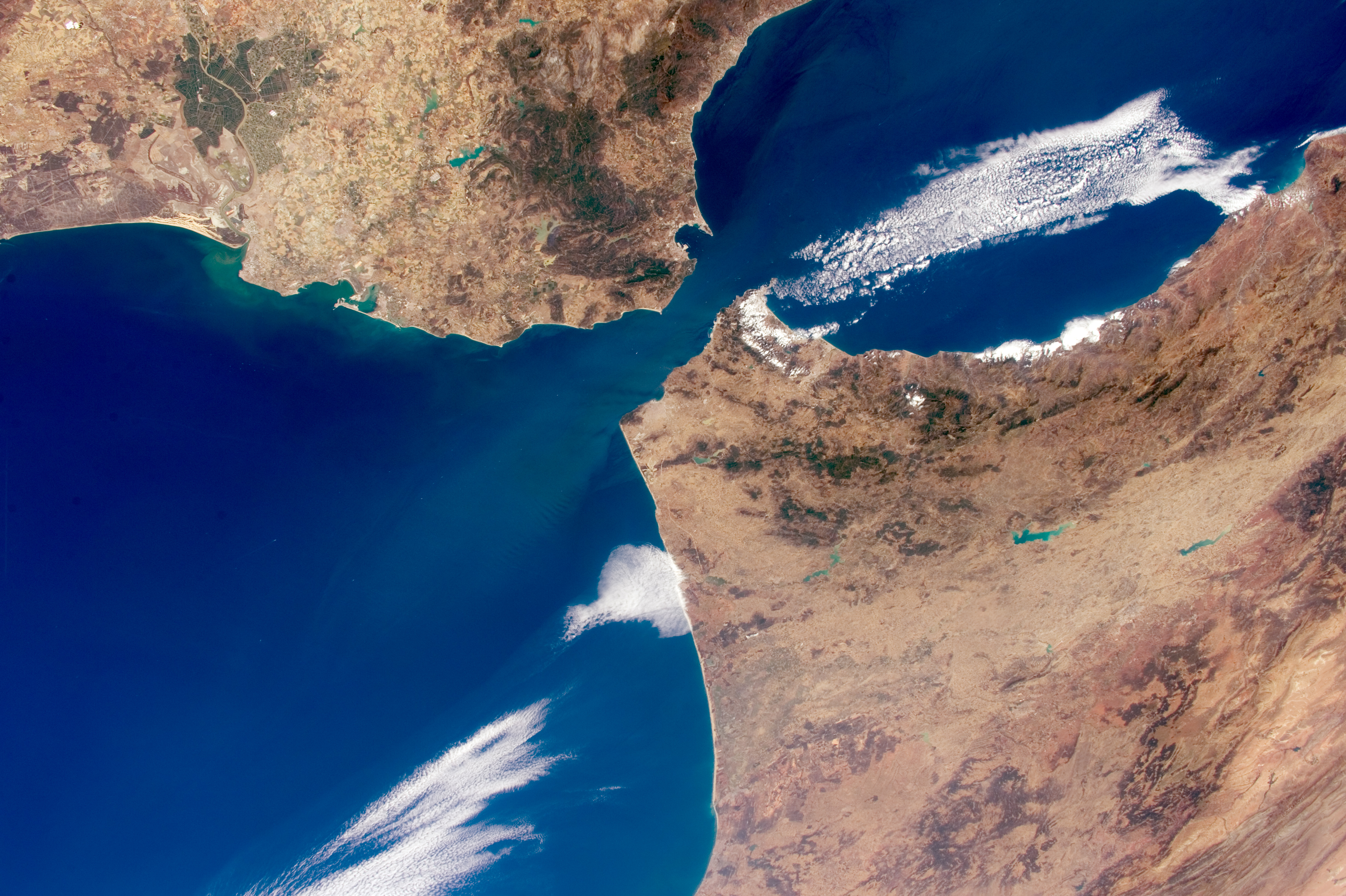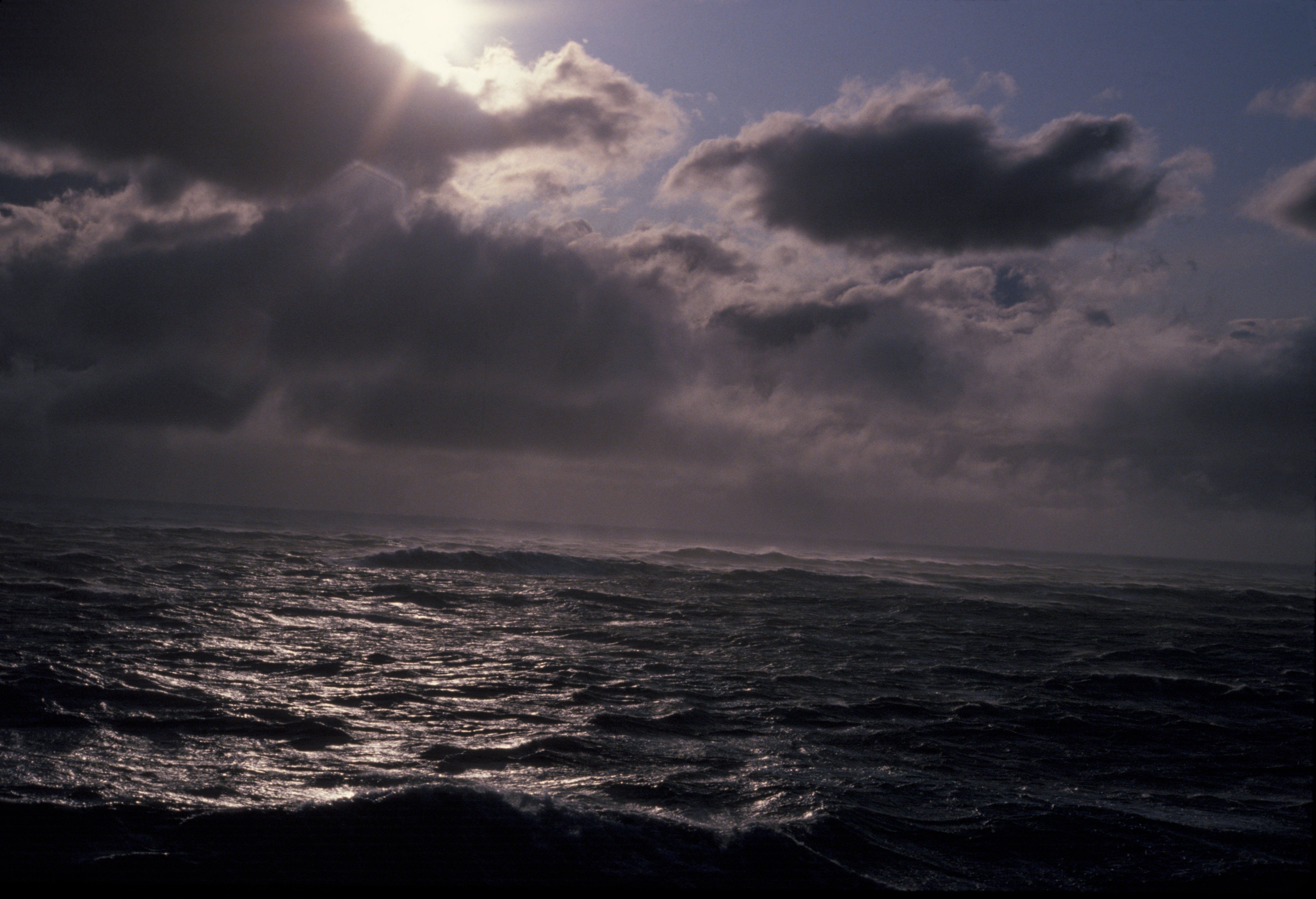|
Isanotski Strait
Isanotski Strait is a strait connecting the northern Gulf of Alaska with the Bering Sea, in the U.S. state of Alaska. Isanax̂ (variously spelled Issannakh, Isanak etc.) is the Aleut name for present day Isanotski Strait, and means gap, hole, rent, or tear in the Aleut language which was rendered as Isanotski (or Issanakskie, Isanotskoi, Isanakh etc.) in transliterated Russian. The strait appears as ''Исанакъ'' in 1802 and ''Исаноцкый'' in 1844 on Russian maps.Baker, Marcus: ''Geographic Dictionary of Alaska'', United States Geological Survey, Bulletin No. 299, Series F, Geography 52, Second Edition, USGPO, Washington, 1906 The strait is used by most vessels that are less than in length, when traveling between northern Alaska and points in southwestern and southeastern Alaska and the "lower 48" states. The city of False Pass, Alaska is situated on Isanotski Strait. Geography Isanotski Strait and Ikatan Bay separate the Alaska Peninsula from Unimak Island, the ... [...More Info...] [...Related Items...] OR: [Wikipedia] [Google] [Baidu] |
Russian America
Russian America (russian: Русская Америка, Russkaya Amerika) was the name for the Russian Empire's colonial possessions in North America from 1799 to 1867. It consisted mostly of present-day Alaska in the United States, but also included small outposts in California, including Fort Ross, and three forts in Hawaii, including Russian Fort Elizabeth. Russian Creole settlements were concentrated in Alaska, including the capital, Novo-Arkhangelsk (''New Arkhangelsk''), which is now Sitka. After first landing in Alaska in 1741, Vitus Bering claimed the Alaskan country for the Russian Empire. Russia later confirmed its rule over the territory with the ''Ukase'' of 1799 which established the southern border of Russian America along the 55th parallel north.United Kingdom of Great Britain and Ireland''Text of Ukase of 1779''in ''Behring sea arbitration'' (London: Harrison and Sons, 1893), pp. 25-27 The decree also provided monopolistic privileges to the state-spon ... [...More Info...] [...Related Items...] OR: [Wikipedia] [Google] [Baidu] |
Straits Of The Pacific Ocean
A strait is an oceanic landform connecting two seas or two other large areas of water. The surface water generally flows at the same elevation on both sides and through the strait in either direction. Most commonly, it is a narrow ocean channel that lies between two land masses. Some straits are not navigable, for example because they are either too narrow or too shallow, or because of an unnavigable reef or archipelago. Straits are also known to be loci for sediment accumulation. Usually, sand-size deposits occur on both the two opposite strait exits, forming subaqueous fans or deltas. Terminology The terms '' channel'', ''pass'', or ''passage'' can be synonymous and used interchangeably with ''strait'', although each is sometimes differentiated with varying senses. In Scotland, ''firth'' or ''Kyle'' are also sometimes used as synonyms for strait. Many straits are economically important. Straits can be important shipping routes and wars have been fought for control of ... [...More Info...] [...Related Items...] OR: [Wikipedia] [Google] [Baidu] |
Unimak Pass
The Fox Islands Passes are waterways in the Fox Islands area of the U.S. state of Alaska, connecting the Bering Sea with the North Pacific Ocean . From the southward and eastward, bound for Bering Sea, there are three passes used by deep-draft vessels, known collectively as the Fox Islands Passes, and respectively as Unimak, Akutan, and Unalga passes. The largest and most desirable one to use in thick and foggy weather is the eastern one, Unimak Pass. This is clear of hidden dangers, the widest of the three, and is comparatively free from tide rips. It is especially recommended for sailing vessels, and for steamers bound direct to the northward. Akutan and Unalga passes are convenient for steam vessels bound to Unalaska Bay, but, being narrow and having strong currents and tide rips at times, are not recommended for sailing vessels bound north. A fair wind is almost necessary for the passage, and from the southward this would bring fog. The pass between Ashmiak and Ugamok is ... [...More Info...] [...Related Items...] OR: [Wikipedia] [Google] [Baidu] |
Cross Sound
Cross Sound is a passage in the Alexander Archipelago in the southeastern region of the U.S. state of Alaska, located between Chichagof Island to its south and the mainland to its north. It is long and extends from the Gulf of Alaska to Icy Strait. Cross Sound was named by James Cook in 1778 because he found it on May 3, designated on his calendar as Holy Cross day In the Christian liturgical calendar, there are several different Feasts of the Cross, all of which commemorate the cross used in the crucifixion of Jesus. Unlike Good Friday, which is dedicated to the passion of Christ and the crucifixion, t .... The Cape Spencer Light marks the north side of the entrance to the sound from the Gulf of Alaska. Dicks Arm is an inlet on northern Cross Sound. References Sounds of Alaska Bodies of water of Hoonah–Angoon Census Area, Alaska {{HoonahAngoonAK-geo-stub ... [...More Info...] [...Related Items...] OR: [Wikipedia] [Google] [Baidu] |
Southeast Alaska
Southeast Alaska, colloquially referred to as the Alaska(n) Panhandle, is the southeastern portion of the U.S. state of Alaska, bordered to the east and north by the northern half of the Canadian province of British Columbia (and a small part the Yukon Territories). The majority of Southeast Alaska's area is part of the Tongass National Forest, the United States' largest national forest. In many places, the international border runs along the crest of the Boundary Ranges of the Coast Mountains (see Alaska boundary dispute). The region is noted for its scenery and mild, rainy climate. The largest cities in the region are Juneau, Sitka, and Ketchikan. This region is also home to Hyder, the easternmost town in Alaska. Geography Southeast Alaska has a land area of , comprising much of the Alexander Archipelago. The largest islands are, from North to South, Chichagof Island, Admiralty Island, Baranof Island, Kupreanof Island, Revillagigedo Island and Prince of Wales ... [...More Info...] [...Related Items...] OR: [Wikipedia] [Google] [Baidu] |
Yukon River
The Yukon River ( Gwich'in: ''Ųųg Han'' or ''Yuk Han'', Yup'ik: ''Kuigpak'', Inupiaq: ''Kuukpak'', Deg Xinag: ''Yeqin'', Hän: ''Tth'echù'' or ''Chuu k'onn'', Southern Tutchone: Chu Nìikwän, russian: Юкон, Yukon) is a major watercourse of northwestern North America. From its source in British Columbia, Canada, it flows through Canada's territory of Yukon (itself named after the river). The lower half of the river continues westwards through the U.S. state of Alaska. The river is long and empties into the Bering Sea at the Yukon–Kuskokwim Delta. The average flow is . The total drainage area is , of which lies in Canada. The total area is more than 25% larger than Texas or Alberta. The longest river in Alaska and Yukon, it was one of the principal means of transportation during the 1896–1903 Klondike Gold Rush. A portion of the river in Yukon—"The Thirty Mile" section, from Lake Laberge to the Teslin River—is a national heritage river and a unit of Klondik ... [...More Info...] [...Related Items...] OR: [Wikipedia] [Google] [Baidu] |
Puget Sound
Puget Sound ( ) is a sound of the Pacific Northwest, an inlet of the Pacific Ocean, and part of the Salish Sea. It is located along the northwestern coast of the U.S. state of Washington. It is a complex estuarine system of interconnected marine waterways and basins, with one major and two minor connections to the open Pacific Ocean via the Strait of Juan de Fuca— Admiralty Inlet being the major connection and Deception Pass and Swinomish Channel being the minor. Water flow through Deception Pass is approximately equal to 2% of the total tidal exchange between Puget Sound and the Strait of Juan de Fuca. Puget Sound extends approximately from Deception Pass in the north to Olympia in the south. Its average depth is and its maximum depth, off Jefferson Point between Indianola and Kingston, is . The depth of the main basin, between the southern tip of Whidbey Island and Tacoma, is approximately . In 2009, the term Salish Sea was established by the United States Boa ... [...More Info...] [...Related Items...] OR: [Wikipedia] [Google] [Baidu] |
Aleutian Islands
The Aleutian Islands ( ; ; ale, Unangam Tanangin, "land of the Aleuts"; possibly from the Chukchi ''aliat'', or "island")—also called the Aleut Islands, Aleutic Islands, or, before 1867, the Catherine Archipelago—are a chain of 14 main, larger volcanic islands and 55 smaller ones. Most of the Aleutian Islands belong to the U.S. state of Alaska, with the archipelago encompassing the Aleutians West Census Area and the Aleutians East Borough. The Commander Islands, located further to the west, belong to the Russian federal subject of Kamchatka Krai, of the Russian Far East. The islands form part of the Aleutian Arc of the Northern Pacific Ocean, and occupy a land area of 6,821 sq mi (17,666 km2) that extends westward roughly from the Alaskan Peninsula mainland, in the direction of the Kamchatka Peninsula; the archipelago acts as a border between the Bering Sea to the north and the Pacific Ocean to the south. Crossing longitude 180°, at which point east and ... [...More Info...] [...Related Items...] OR: [Wikipedia] [Google] [Baidu] |
Strait
A strait is an oceanic landform connecting two seas or two other large areas of water. The surface water generally flows at the same elevation on both sides and through the strait in either direction. Most commonly, it is a narrow ocean channel that lies between two land masses. Some straits are not navigable, for example because they are either too narrow or too shallow, or because of an unnavigable reef or archipelago. Straits are also known to be loci for sediment accumulation. Usually, sand-size deposits occur on both the two opposite strait exits, forming subaqueous fans or deltas. Terminology The terms '' channel'', ''pass'', or ''passage'' can be synonymous and used interchangeably with ''strait'', although each is sometimes differentiated with varying senses. In Scotland, '' firth'' or ''Kyle'' are also sometimes used as synonyms for strait. Many straits are economically important. Straits can be important shipping routes and wars have been fought for contr ... [...More Info...] [...Related Items...] OR: [Wikipedia] [Google] [Baidu] |
Unimak Island
Unimak Island ( ale, Unimax, russian: Унимак) is the largest island in the Aleutian Islands chain of the U.S. state of Alaska. Geography It is the easternmost island in the Aleutians and, with an area of , the ninth largest island in the United States and the 134th largest island in the world. It is home to Mount Shishaldin, one of the ten most active volcanoes in the world. According to the United States Census Bureau, there were 64 people living on Unimak as of the 2000 census, all of them in the city of False Pass at the eastern end of the island. Cape Lutke is a headland on the island. Cape Pankof is located at the extreme southwest of the island. The Fisher Caldera is a volcanic crater in the west-central part of Unimak. Some characteristics include many volcanic cones and undrained lakes. It is named for Bernard Fisher, a U.S. Geological Survey geologist who was killed in Umnak Pass. Mount Westdahl, in elevation, is a stratovolcano of the Aleutian Range on t ... [...More Info...] [...Related Items...] OR: [Wikipedia] [Google] [Baidu] |








